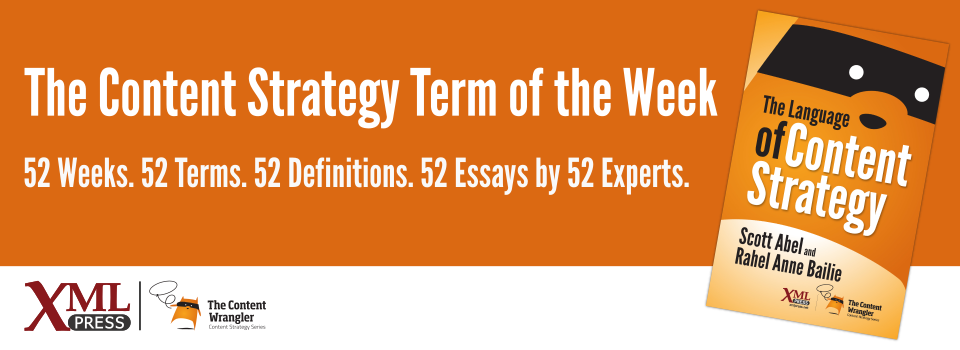Stroll down the halls of any company, and you hear many languages: the language of engineering, the language of marketing, the language of finance, and others. These days, you also hear a new language. It’s a formidable language, a language that transcends department silos, a business language that ties other business languages together in a powerful way. In a world where content is king, you might call this language the king of business languages. I refer, of course, to the language of content strategy.
Today, every business needs to be in the content business. Customers buy—or don’t buy—based on their experiences with the information they pick up about a company and what it sells. So today’s companies need people who think about information strategically, people who speak the language of content strategy.
What do content strategists do with this language? They use it to grapple with questions like these: What content meets our customers’ needs while also meeting our business goals? How much content do we need? What forms must it take? How do we keep it on brand? Which editorial and technical standards shall we follow? Which terms shall we use, and which shall we avoid? How do we assess the quality of our content? What metadata do we tag it with? Who manages it? Who creates it? Which pieces of content do we share, and which do we keep to ourselves? What tools do we use to produce and maintain all those pieces? What results do we want our content to achieve? How do we measure those results? How much content do we translate? Where do we distribute it? How often do we update it? When do we archive it? How do we socialize it, monetize it, search-engine-optimize it, reuse it, and encourage customers to contribute to it? How much content do we have, anyway?
These are big questions. To even form them, let alone answer them, we need a big language.
The language of content strategy is as big as they come. Governance. Taxonomy. Content audit. Words like these straighten your spine, square your shoulders, and steel your gaze. Words like these call for unifying, boundary-busting, big-picture vision. At the enterprise level, words like these touch on every department in the company and every phase of the content lifecycle.
Are you ready to think big about content? If so, you’re ready to blaze trails down the halls (real or virtual) between editorial and technical teams. You’re ready to tie together all the languages you run into along the way. You’re ready to place equal weight on what goes into a company’s content and what that content goes into. You’re ready to argue that stellar content has business value only if it gets to the right people at the right time in the right way—and that a brilliant content-management plan has business value only if it delivers content that people care about.
If you’re ready to think big, whatever your job title—whether you’re a budding content strategist eager to learn more about the role, a veteran curious about the way others use the terms you use every day, a manager looking to hire a content strategist, or a colleague desperate to decipher what your content-strategist pals are talking about—you’re ready for the language of content strategy. Thanks to the efforts of Scott Abel, Rahel Anne Bailie, and all this book’s contributors, you now have access to this essential emerging lexicon.
Like any lexicon, this one perpetually evolves. Words have meaning and relevance only to the extent that people use them in ways they find meaningful and relevant. So go ahead, square your shoulders, and try out these words with your colleagues. See what meaning and relevance this vocabulary brings to your conversations. Think big enough to need the language of content strategy. Your company’s future depends on it.
Marcia Riefer Johnston
Author of Word Up! How to Write Powerful Sentences and Paragraphs (And Everything You Build from Them)
